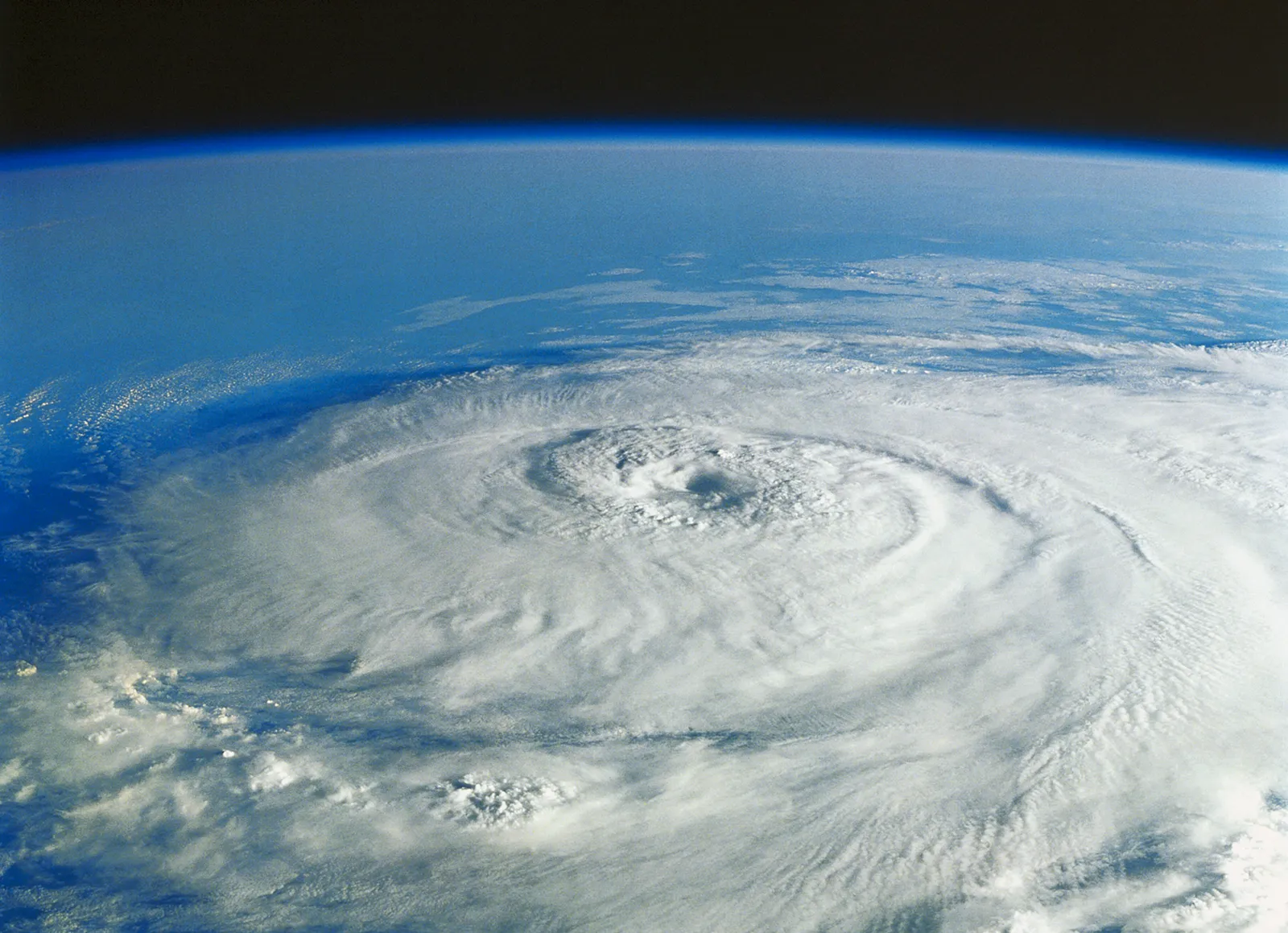
When people ponder climate change, they rarely look to the insurance market for answers. However, in many ways the insurance industry is most capable of calculating the risks and costs associated with these shifts. While others can build models and speculate, the insurance industry employs an army of actuary scientists to make complex calculations that predict risk and financial exposure. These calculations do not just determine the success or failure of an insurance company but by proxy filter down and impact mortgage financing, regulations and ultimately development itself.
As government agencies and municipalities struggle to respond to the impacts of climate change and are perhaps slow to impose new development standards, insurance companies experience the impacts in real time. So, when the insurance landscape changes it would be wise to take note.
State Farm Insurance, a large national provider of property insurance, in a press release dated May 26, 2023, stated they would no longer accept new applications in California for property and causality insurance. This decision was starling to many and impacted both businesses and residential customers. The reasons cited for this abrupt course of action was to “improve the company’s financial strength” and to respond to “changing market conditions.” One of the major concerns mentioned was “rapidly growing catastrophe exposure.” As insurance companies and the reinsurance market begin to reprice risk, many home and business owners are left with few, if any, options. U.S. Treasury Secretary Janet Yellen noted earlier in 2023 that “there is growing evidence that these trends in physical risks have led to a decline in the availability and affordability of insurance in certain areas.”
In Louisiana, it has been reported that since 2020, eleven insurers writing policies in Louisiana have gone insolvent and nearly a dozen have submitted withdrawal notices, signaling their retreat from the state. In Florida, insurance companies struggle to recover from the increasing number of hurricanes hitting the state. Premiums in Florida have gone up 300% in the last five years, according to the Insurance Information Institute. They state the average cost of a homeowners policy in Florida is over $4,200 a year. That is over double the national average of $1,700 per year. Sudden and unexpected cost increases are putting many homeowners under financial duress. Worse, if homeowners can no longer secure insurance in the area they live, they can’t meet the requirements of mortgage lenders, which ultimately reduce dramatically the market and value of their home.
Some of the most beautiful and desirable places to live have increased environmental risk. When we choose to develop and live in these areas, we must acknowledge that the wilderness cannot be completely tamed … and as we say in Las Vegas — the house always wins.
